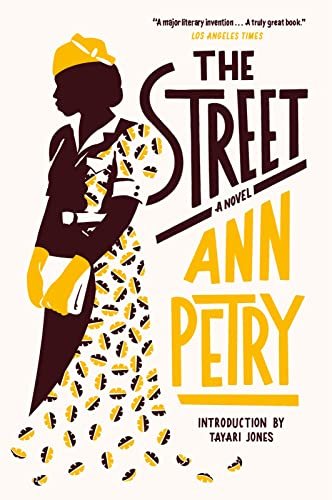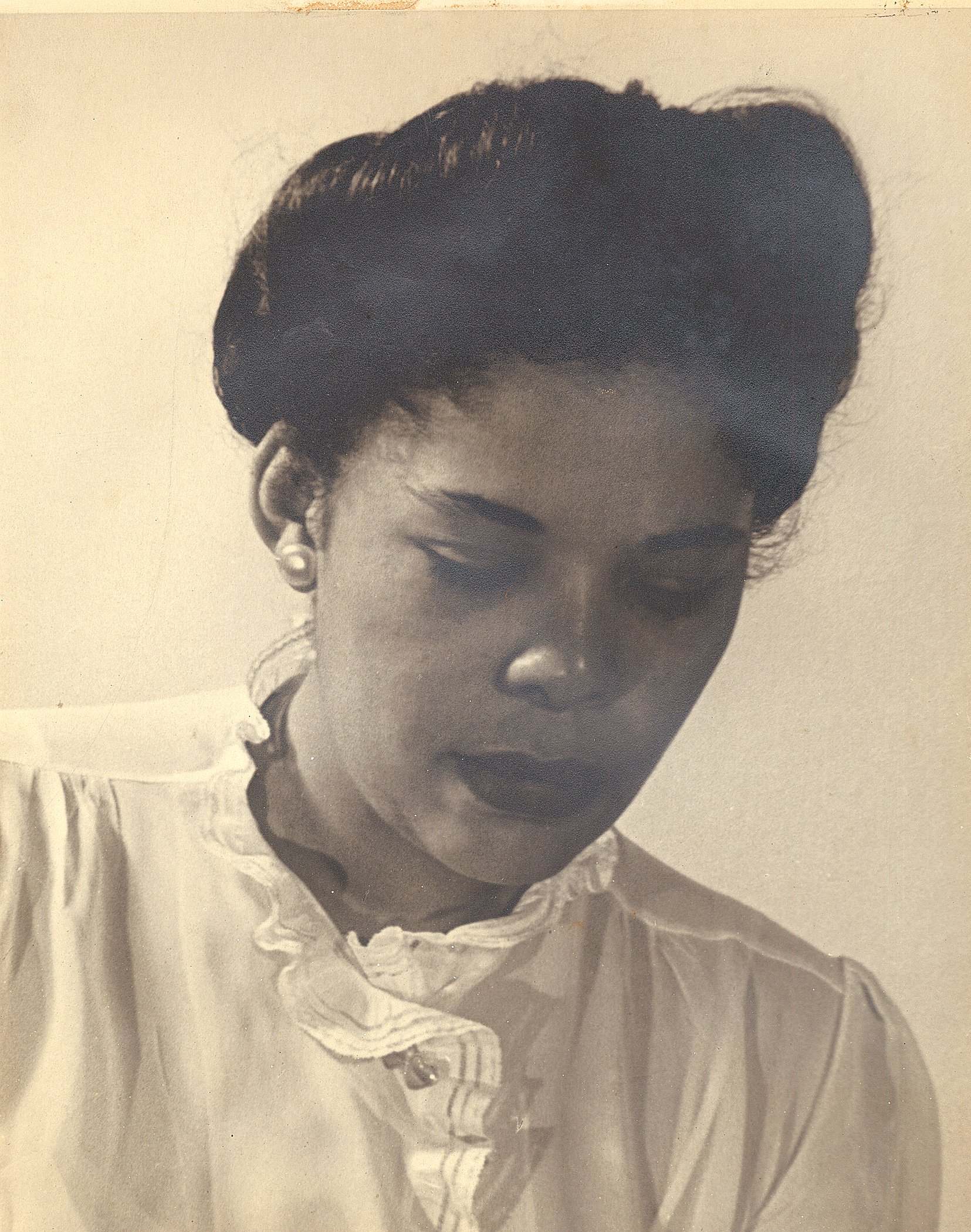The Early Years
Built in 1790, the James Pharmacy originally served as the general store for the Humphrey Pratt Tavern and formerly stood adjacent to the Humphrey Pratt Tavern at the corner of Main Street and the Old Boston Post Road.
Over the years the building gained attention as the place where General Lafayette made a purchase when he returned in 1824 to America on a triumphal tour and visit with old Revolutionary War friends. Evidence of his purchase seems to be lost and various stories claim that he bought wool stockings, or gloves, or saddle soap. The sign proclaiming his unknown purchase remains attached to the building as a unique and enduring advertisement.
Peter & Bertha Lane
The general store building was moved to Pennywise Lane by a team of oxen in 1877. Humphrey Pratt was the brother of Deacon Timothy Pratt, who lived in the house next door.
In 1895 Peter Lane and his wife and Bertha moved to Old Saybrook (a community of only 1,400) and rented the building. Peter - one of the first African-American pharmacists in CT – established the town’s first pharmacy. Peter Lane added the soda fountain portion of the pharmacy in 1896.
Bertha was a shop owner, chiropodist, and hairdresser. Their daughter Ann followed in her parents footsteps, working in the shop and becoming a licensed pharmacist.
Miss Anna James
Miss Anna Louise James, born as the eighth child of eleven children, was Bertha’s sister. Her father was an escaped slave named Willis Samuel James who married three times (all to women named Anna!)
In 1902, when Anna was sixteen years old, she ran away from her home in Hartford to live with sister Bertha Lane. Working under Uncle Peter’s tutelage, Anna became the first African American woman to graduate from the Brooklyn College of Pharmacy and the first African American female pharmacist in CT.
When Peter was called away to fight in World War I, in 1917, he left the care of what was then the Lane Pharmacy with his sister-in-law, Anna Louise James.
Anna was a small woman with a soft soul and a no-nonsense attitude She took over the business, eventually renaming it James Pharmacy. In 1922, she added a two-story wing and the pharmaceutical motif on the front of the building. In 1925 she installed the display cases and glass-door cabinets, manufactured by the L.F. Dettenborn Woodworking Company of Hartford.
Hepburn's yearbook photo, 1928, Bryn Mawr College
The Katharine Hepburn connection
Born in Hartford, Hepburn’s successful New England parents had a summer home in the Fenwick neighborhood of Old Saybrook. She attended Bryn Mawr College in Pennsylvania, where her acting career was born. Legend has it that in 1926, when Hepburn was nineteen years old, she visited the soda fountain appearing somewhat down in the dumps. Miss James, the community’s pharmacist – and also confidant and friend – asked young Hepburn why she seemed sad. Hepburn told her there was an audition for a play in New York City that she had her heart set on – but her parents wouldn’t give her permission to go or bus fare to get there.
Miss James thought for a moment, then slid the necessary bus fare across the marble counter towards Hepburn. “There you go,” Miss James said. “You take that bus and go give it your best shot.”
In 1922, Anna James added a two-story wing and the pharmaceutical motif on the front of the building
In the early 1930s, architect Francis Nelson re-designed the building, adding the ice cream parlor with the arcaded front extension.
Ann Petry: Journalist & Novelist
Although Anna’s niece Ann became a pharmacist, Ann had began writing short stories while working in her father’s store. She left her home for Harlem in 1938 to join her new husband, George, to pursue her literary ambitions. She quickly found work as a journalist. Ann Lane Petry went on to publish six books, including The Drug Store Cat, based on her memories of the pharmacy when she was growing up, and Country Place, a novel based on her experiences living in Old Saybrook. Petry’s The Street became the first novel by a black American woman to sell more than a million copies. It was widely reviewed, published in several paperback editions, and translated into French, Spanish, Japanese, and Portuguese. Its author appeared on magazine covers and in a glossy feature article in Ebony magazine.
Over the course of her life, Petry lectured widely throughout the United States, and her contribution to literature was acknowledged by membership in the Author's Guild and other literary societies, and honorary doctorates from several colleges and universities.
Old Saybrook Girl becomes star
As for Katharine Hepburn, Miss James was right to believe in her: she became one of Hollywood’s biggest stars. However, Hepburn shunned much of the attention given to stars and preferred to live quietly in Old Saybrook when not filming.
Hepburn was regularly seen entering James Pharmacy for her favorite Mocha Chip ice cream or to use the old oak phone booth that once stood there. It is rumored that one starstruck visitor became so flustered at the “celebrity sighting” she put her ice cream cone into her pocketbook so that she could approach Hepburn.
With her unconventional lifestyle and the independent characters she brought to the screen, Hepburn epitomized the "modern woman" in the 20th-century and is remembered fondly by the residents of Old Saybrook.











